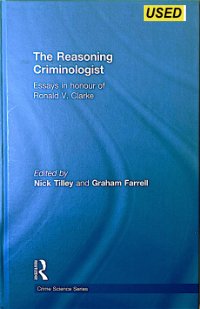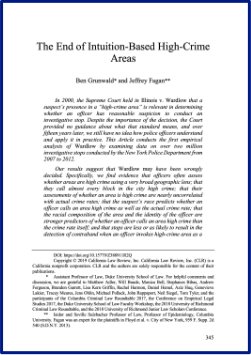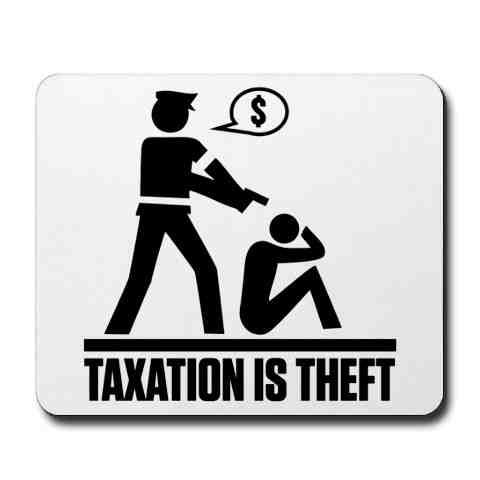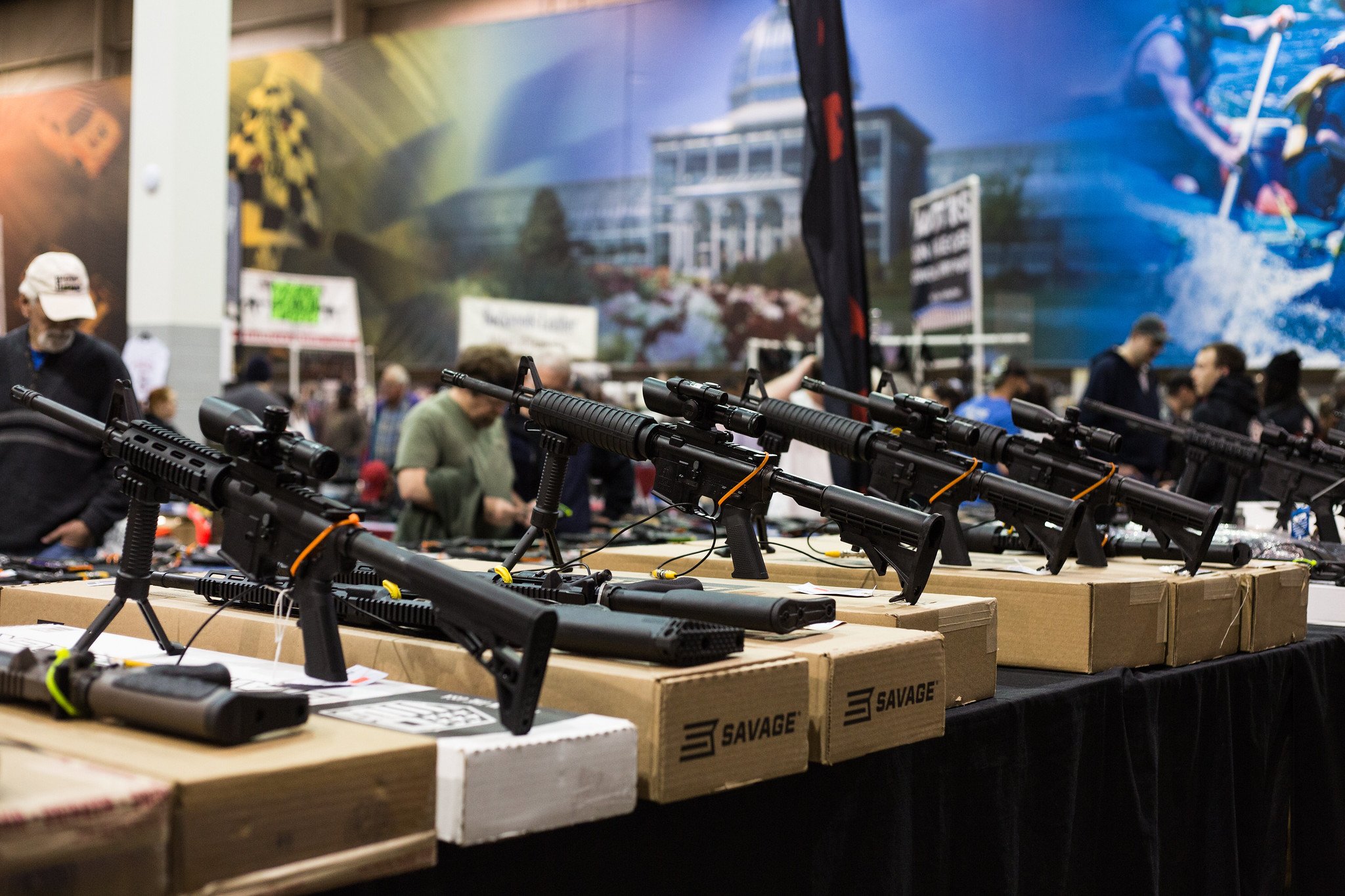By Ashley Brown, Shane D. Johnson & Nilufer Tuptuk
Connected and Autonomous Vehicles (CAVs) integrate advanced communication and autonomous driving technologies, enabling them to operate independently or with minimal human intervention. Despite the anticipated benefits for transportation, CAVs could be vulnerable to a wide variety of crimes unless security and crime prevention measures are proactively integrated into the technologies enabling their operation. To understand the potential crime threats, an extensive scoping review was conducted, covering incidents reported in the news and media, along with academic articles from crime and cybersecurity research. A total of 70 news articles related to crime incidents were identified, along with 12 academic articles on crimes. In addition, the findings from 35 survey papers addressing security attacks against CAVs, along with 29 additional papers covering security attacks not addressed in those surveys were synthesised. A total of 22 crime threats were identified. A 2-day workshop with experts was then held to present the findings from the review, conduct a crime scenario development exercise to identify any crime threats that were not identified in the review, and to assess the identified crimes. During the workshop, experts generated 6 new crime scenarios, bringing the total to 28 crime threats. To identify and prioritise high-risk crimes for future work, the experts were then asked to rate the threats based on their anticipated harm, achievability, frequency, and defeat-ability. The crime threats with the highest risk ratings included illegal transportation, vehicle theft, vehicle part theft, ransom for financial gain, and vandalism. The implications of our findings for research, policy and practice are discussed. Crime Science, 2025. https://crimesciencejournal.biomedcentral.com/articles/10.1186/s40163-025-00245-x
Crime Science, 14, Article number: 2 (2025), 39p.


















